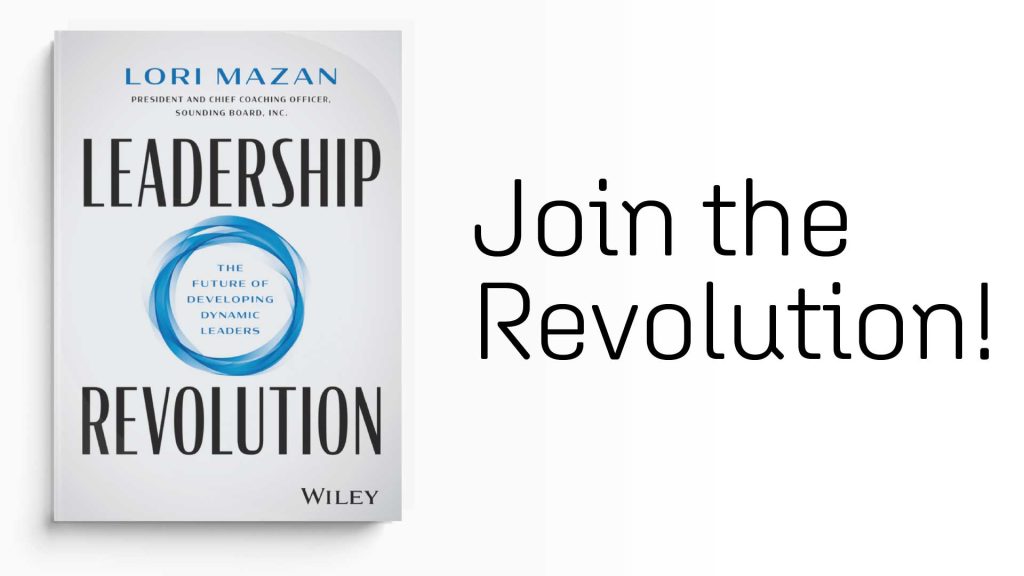They say the best things in life are free. That’s not true when the “thing” you desire is leadership development. Creating a high-quality, effective leadership development program with coaching as the key component requires time, strategy, and capital to plan, launch, sustain, and nurture.
To secure capital, talent leaders require buy-in from key stakeholders. Stakeholder management and the act of courting or converting budget holders, influencers, and skeptics to unite them behind your leadership coaching program is critical. Here’s how you do it.
Integrate Leadership Coaching and Business Needs
Leadership coaching programs will win executive buy-in when they are driven by business needs. But too often talent leaders in charge of learning initiatives don’t include the most influential stakeholders in their development process.
Before approaching the C-suite with a new initiative, collaborate with key business groups to identify their needs, goals, and desired outcomes for leadership coaching. Identify the business problems that leadership coaching will address to engage key stakeholders from those business groups. Answer for that group: “What’s in it for me?” You must understand their specific business challenges intimately, which often requires some investigation.
Further, be able to leverage available data to confirm that a leadership coaching investment will address their root issues. For instance, a case study with software development consulting firm Pivotal Labs revealed that leadership coaching could help leaders improve interpersonal, time management and prioritization skills, and then apply these skills and create immediate impact on the job. Business leaders at Pivotal saw:
- 173% improvement in interpersonal skills.
- 83% improvement in time management skills.
- 62% improvement in conflict management and resolution skills.
- 71% improvement in executive presence skills.
- 49% improvement in strategic thinking skills.
Similarly, Welkin Health saw a need for improved managerial relationships. Before providing leadership coaching, the company ran an engagement and inclusion survey and found that just 66% of employees rated Welkin’s management favorably. After six months of leadership coaching, that rating jumped to 83%. The more data you have to assert why leadership coaching will address the company’s specific needs, the better.
Understand What Matters to Stakeholders
Your first step to achieve buy-in is to carry out a rigorous stakeholder analysis. Who are your supporters and your detractors? Document how you will engage both of these groups. How will you demonstrate value for their functions or roles if they support a leadership coaching program?
To engage stakeholders in other operating functions, communicate with them in clear, familiar language. By asking questions and understanding their challenges, you can demonstrate how leadership coaching will solve their pain points. Find someone in a critical business function to be your program champion. This person should understand the benefits of a leadership coaching program, and ideally have seen these benefits first hand.
Then work with stakeholders to understand what positive impact or ROI looks like. Identify key measures or evidence stakeholders would look for to demonstrate that leadership coaching has been effective. If there are any doubts, work with stakeholders to quell them. Persuade them to work with you to run a pilot. This may seem like a small-scale approach, but once you have at least one story or use case to illustrate impact, you can spread that story, and use it to move to the next stage — expansion.
Tell the Truth
Lack of trust can make stakeholders skittish about not only buying into a new leadership coaching program, but contributing to it. If they feel there are any disconnects between the program manager, deliverables, success metrics, or program partner, trust may be an issue.
To mitigate trust issues, be transparent about any real or potential challenges, and solicit key stakeholders feedback. Objectively offer a leadership coaching solution that you can deliver. Stakeholders will trust you more if you tell them the truth — even when the answers aren’t perfect.
Establish and Measure Goals
You need to establish clear, measurable goals for your leadership coaching program. Metrics let stakeholders quickly assess value and progress. Think high level. Avoid getting into the weeds, as stakeholders likely won’t have the time or inclination to process extremely detailed information. Further, focus on metrics that show business impact as quickly as possible.
Metrics are as important as the goals they are set to achieve. They help stakeholders understand what a leadership coaching program can accomplish. So, focus on the right goals. Once you set the goals, define the metrics, quantitative and/or qualitative measures that are easily digestible for all stakeholders.
Ensure Stakeholders Understand Their Role
At the end of the day, you should know the demands and motivations for key stakeholders, and they should trust you because you’ve been open and honest with them about the benefits and potential challenges associated with a high quality leadership coaching program. They should understand the importance of their individual contributions to the program’s deliverables and success, along with the benefits they can offer. After which, success will produce a tangible reward. Clarifying these key items should engender the desired buy in and collaboration for a shared win, business gains, and a leadership coaching program you can use to amplify and build leaders across the organization.











